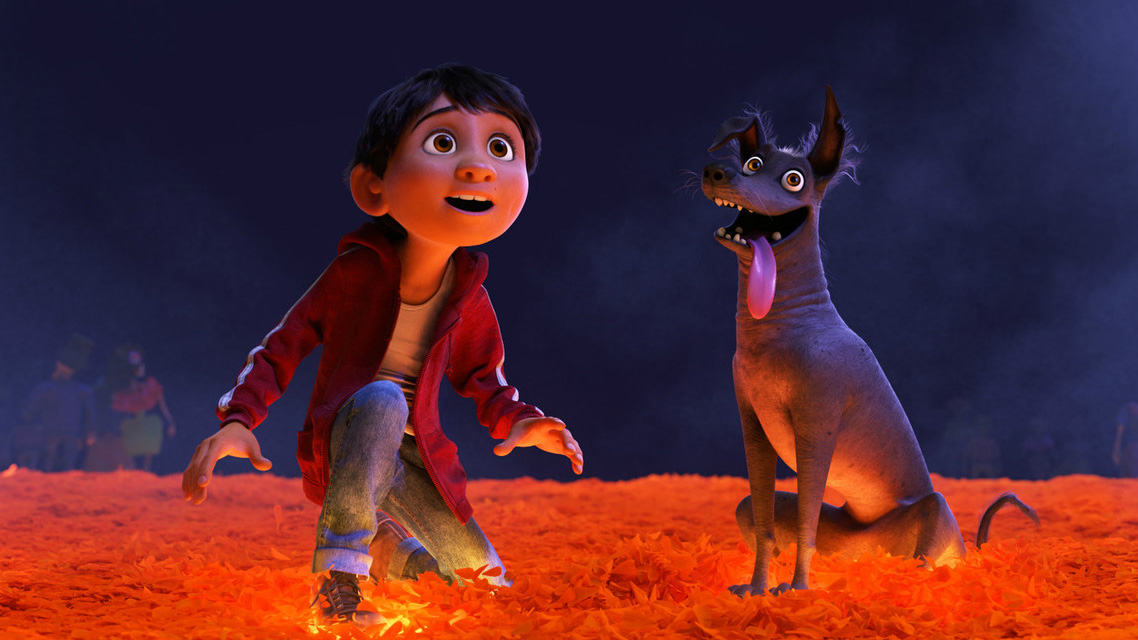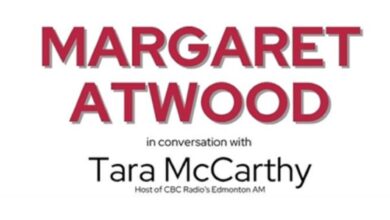Film Review: Coco
 supplied
suppliedWonderfully witty, bursting with vibrant colours and visual splendor, and tenderly infused with sweet and evocative themes of the inter-generational importance of family, Coco is one of Pixar’s best films in years.
Coco tells the story of a boy in Mexico named Miguel Rivera. Miguel’s dream and greatest desire is to be a musician and play music for people all across Mexico, but ever since Miguel’s great-great-grandmother’s husband walked out on her and their daughter to fulfill his own dream of playing music, the Rivera family has followed a strict tradition to never allow another member of the family to play music again. After stealing an old guitar from a local memorial, Miguel is transported to the Land of the Dead, where he quickly meets the spirits of deceased members of his family. What follows is a heartwarming, charming, and surprisingly wise adventure.
What will stand out the most in this film is its visuals. A bursting plethora of fluorescent pinks, oranges, blues, yellows, greens, and reds give the Land of the Dead its own dreamy and mythical quality. Magical bridges made from floating marigold petals and a glowing metropolis filled with towering spiral towers specked with bright lights make a literally lifeless place an exuberant and fantastical party. Combined with some of the best music in an animated film in years — from celebratory tunes to bittersweet ballads that pull at the heartstrings — the world created by Pixar’s team this time around is a soul-satisfying, heart-warming, and bittersweet treat.
The film’s visuals serve to compliment and highlight the colourful and celebratory Mexican holiday the film revolves around. Coco is set during Dia de Muertos or the Day of the Dead. For people who practice or are familiar with the holiday, the film is definitely a love letter to a very important part of Mexican culture. However, for other audiences, the film also serves as a sort of invitation to learn about a beautiful Mexican celebration of life and death.
Dia de Muertos is a three-day festival starting on October 31. November 2, the actual Day of the Dead, is all about celebrating and remembering loved ones who have passed away. In households across Mexico, altars are put up and covered with photos of the deceased, marigold flowers, and other items that the lost family member may have enjoyed, such as food or tequila, since the spirits of the dead are expected to visit their living families on Dia de Muertos. It’s a celebration of a person and assurance they’re remembered through stories told and songs sung about them.
As a result of these details, Coco ends up not only being another classic to add to the Pixar canon, it serves as a wonderful homage to a Mexican tradition and a monumental step forward for representation in mainstream cinema. One of the reasons the film succeeds so well in portraying Mexican culture is that Pixar actually made an effort to bring in Mexican and Mexican-American creative voices to the table to truly bring the story to life. This included cartoonist Lalo Alcaraz, playwright Octavio Solis, former Mexican Heritage Group CEO Marcela Davison Aviles and Adrian Molina. Combined with a voice cast of Latin-American actors, Coco is a genuine effort, on screen and behind the scenes, by a major studio to honestly characterize and honour a culture.
Whether or not you’re Mexican or take part in Dia de Muertos, the film’s themes will cut across cultural divides and all audiences will connect with the characters on screen. The power of the bonds between family members — living or dead — across generations and the importance of family are themes that a lot of us can connect with. In a world that seems to constantly try and divide us by culture, the simple human connection that audiences everywhere will form with Miguel and the Coco characters is something that speaks more loudly now than ever. Regardless of your age, Coco is not just a film that you should see — it’s a film that many of us need to see.




